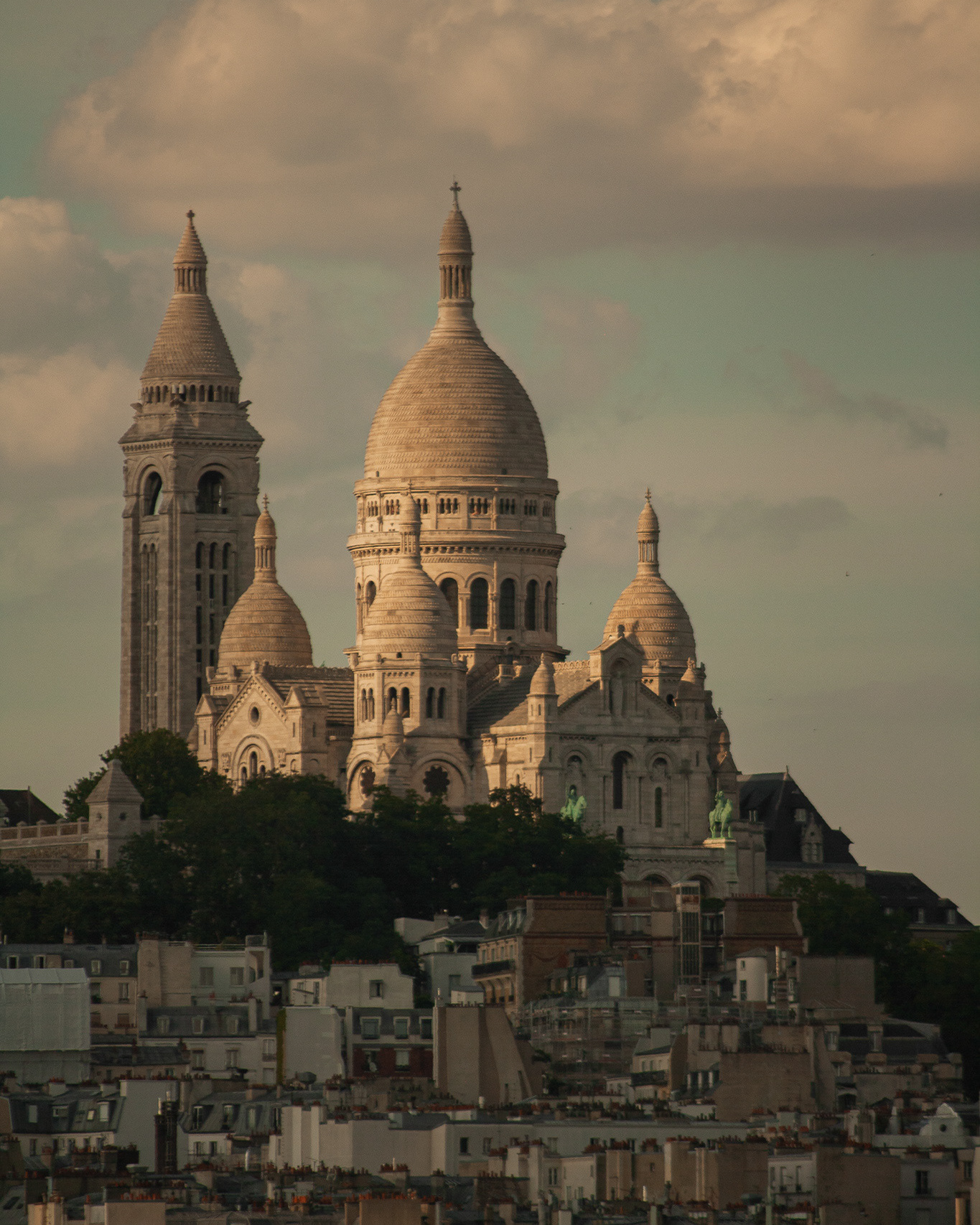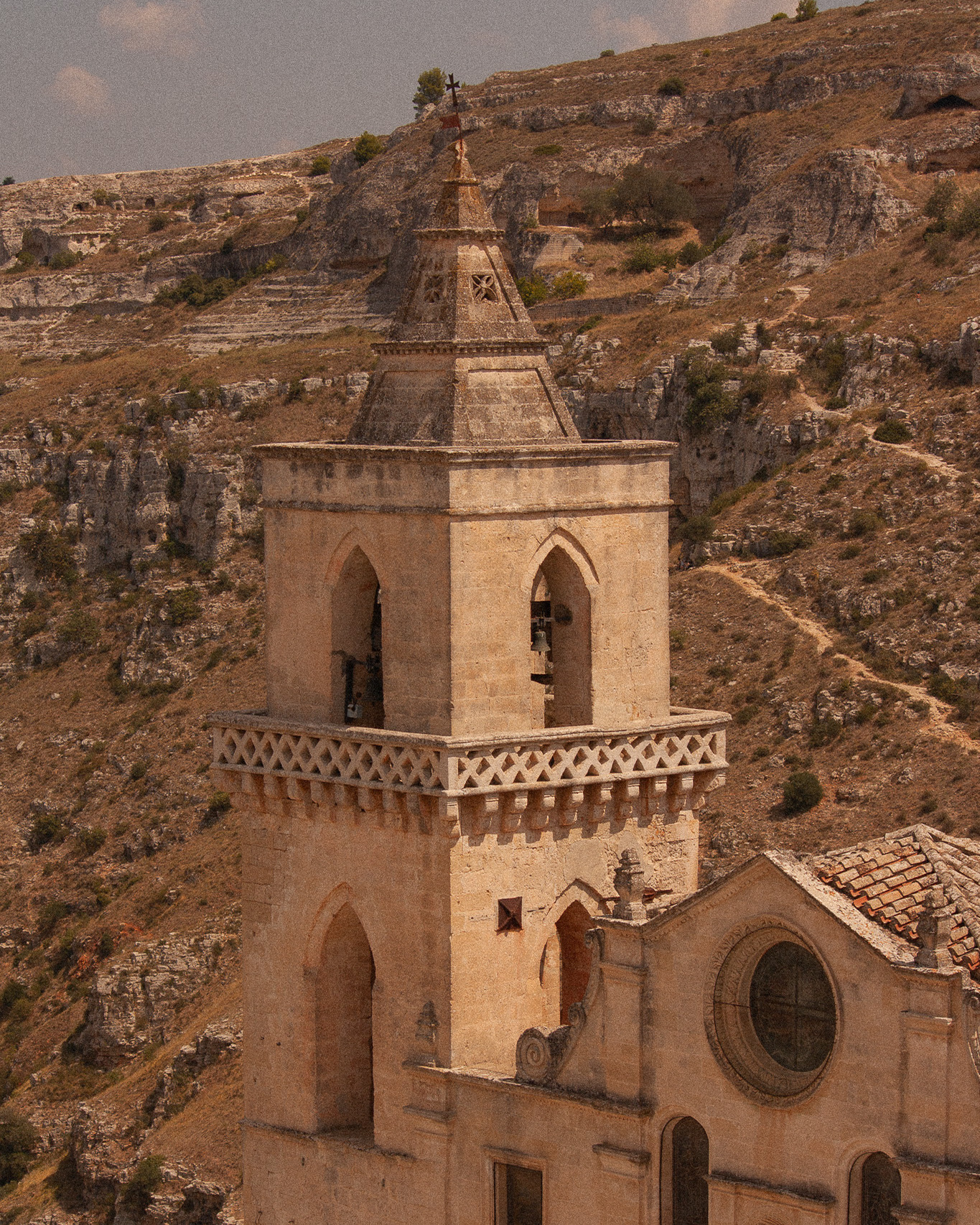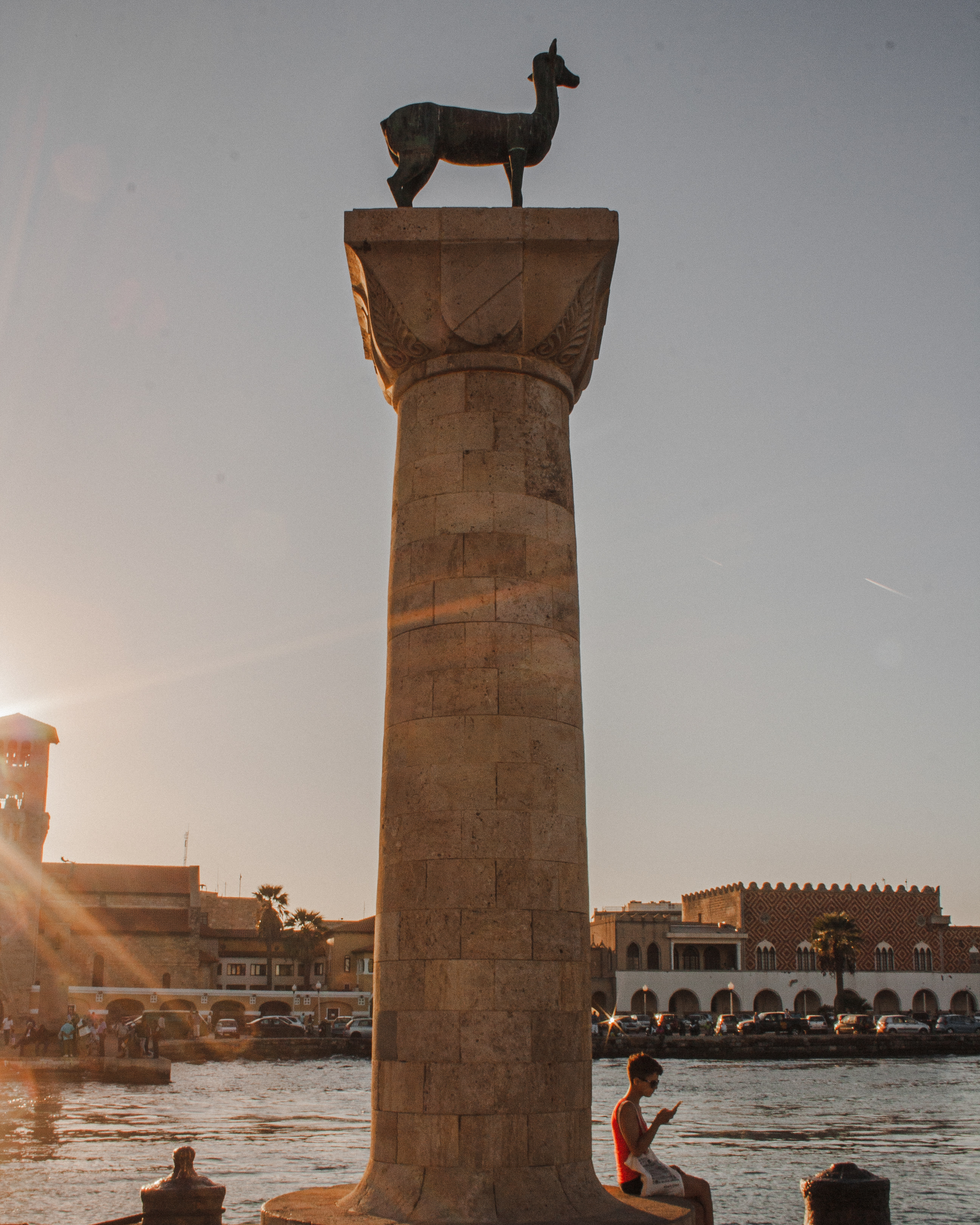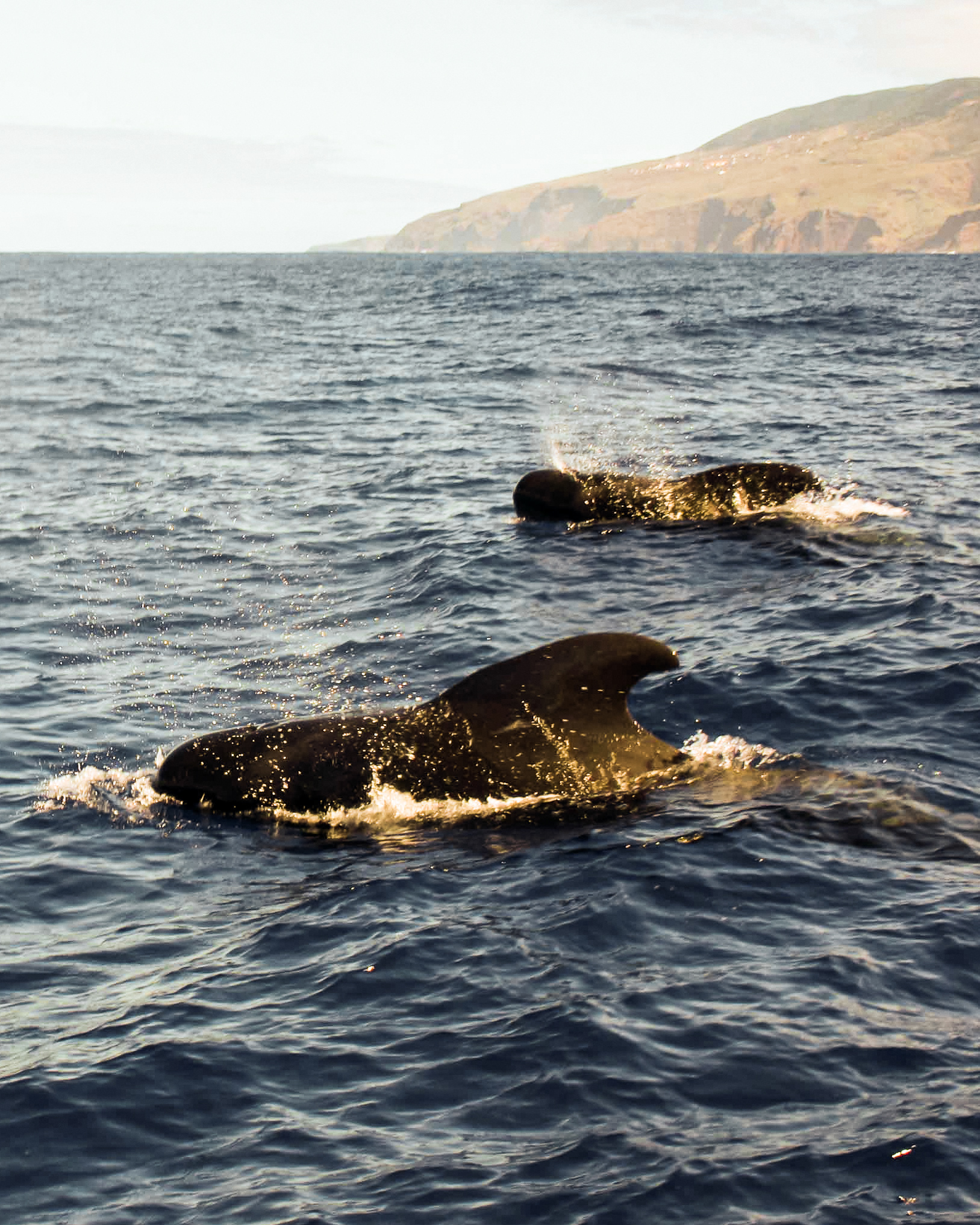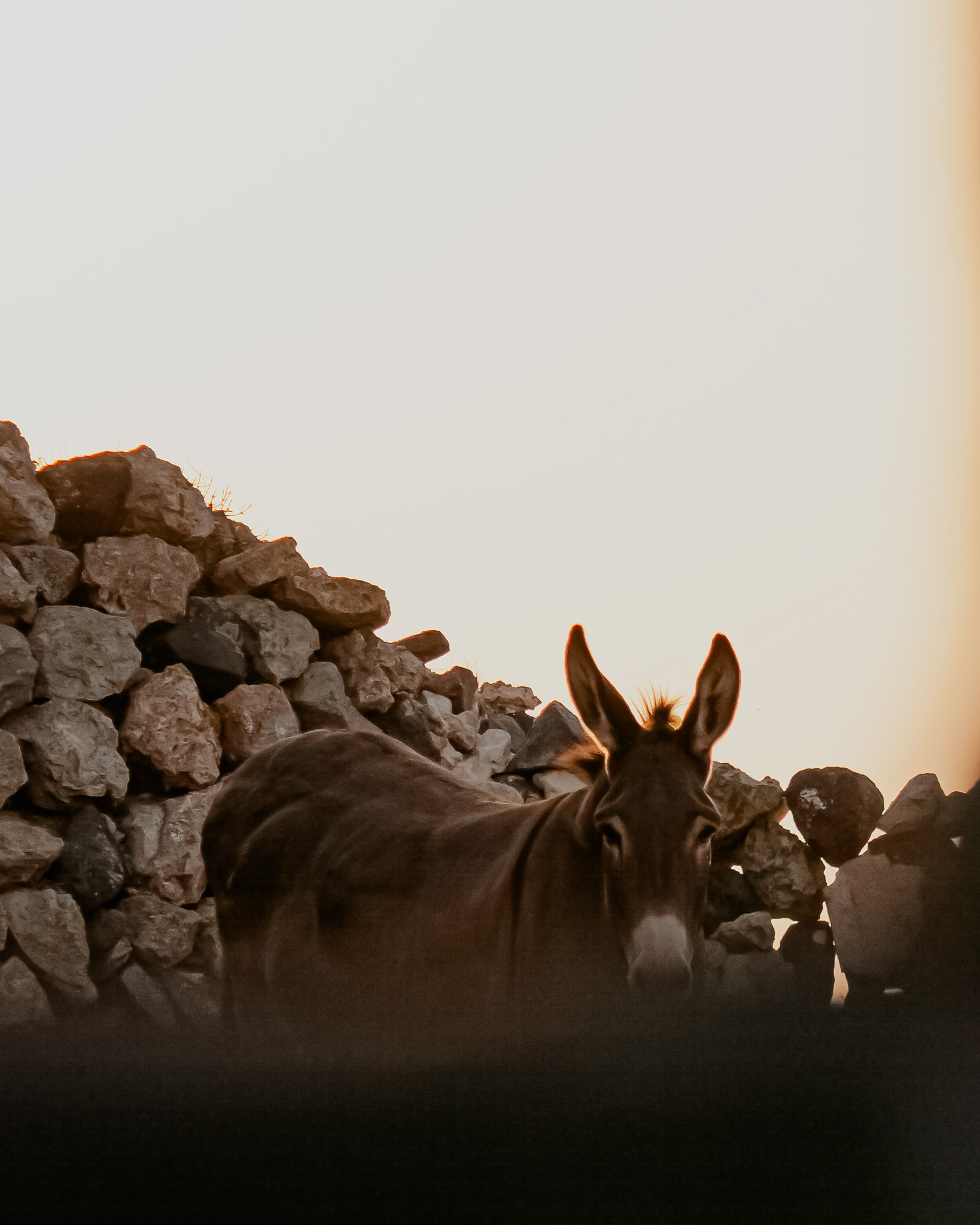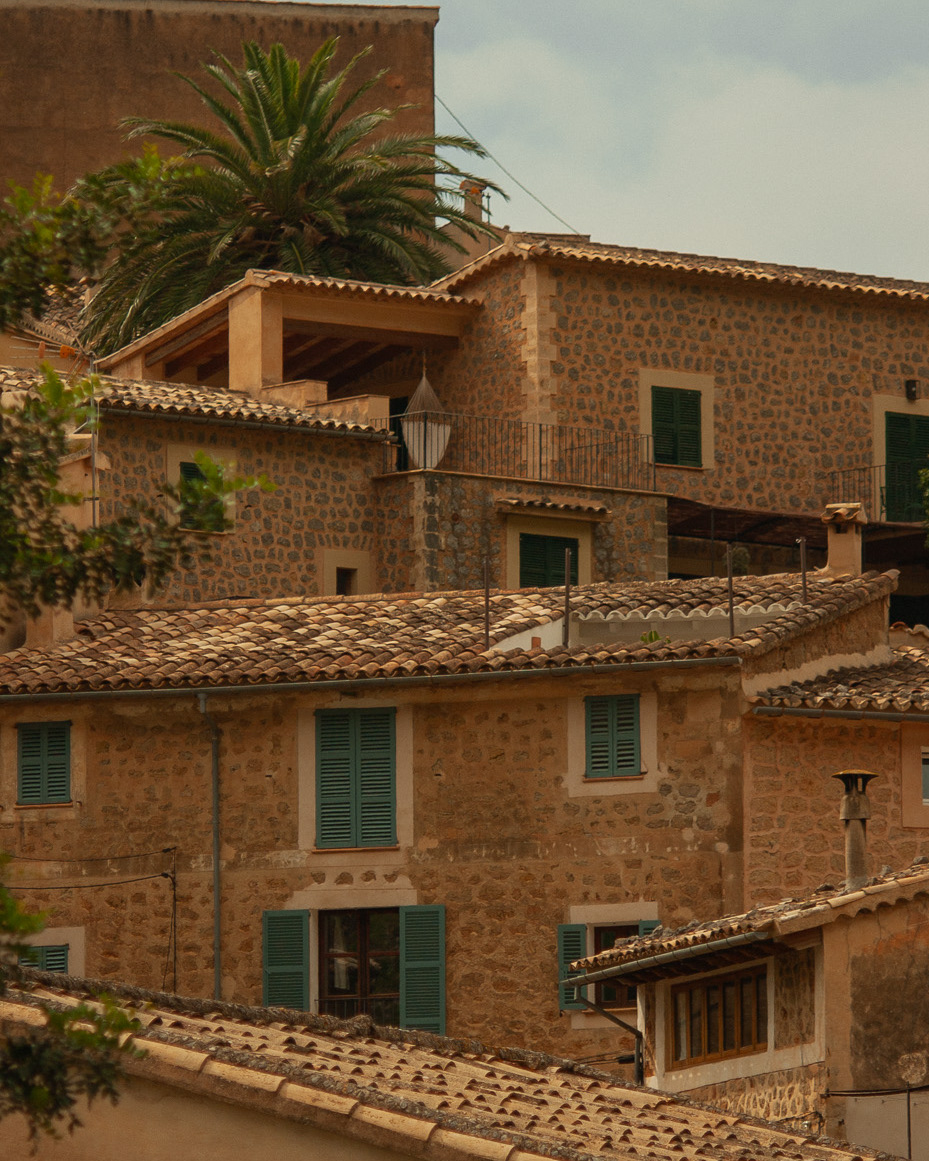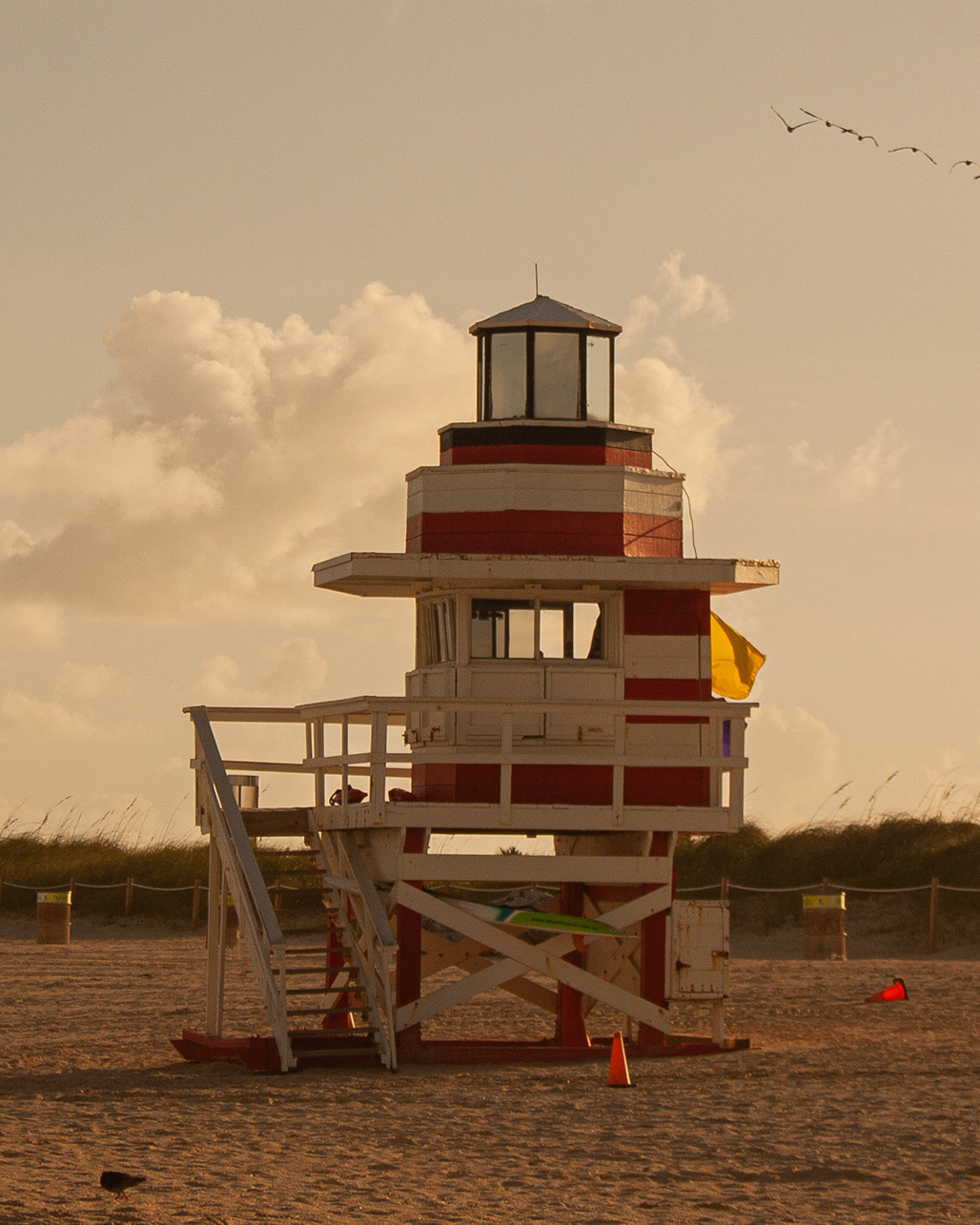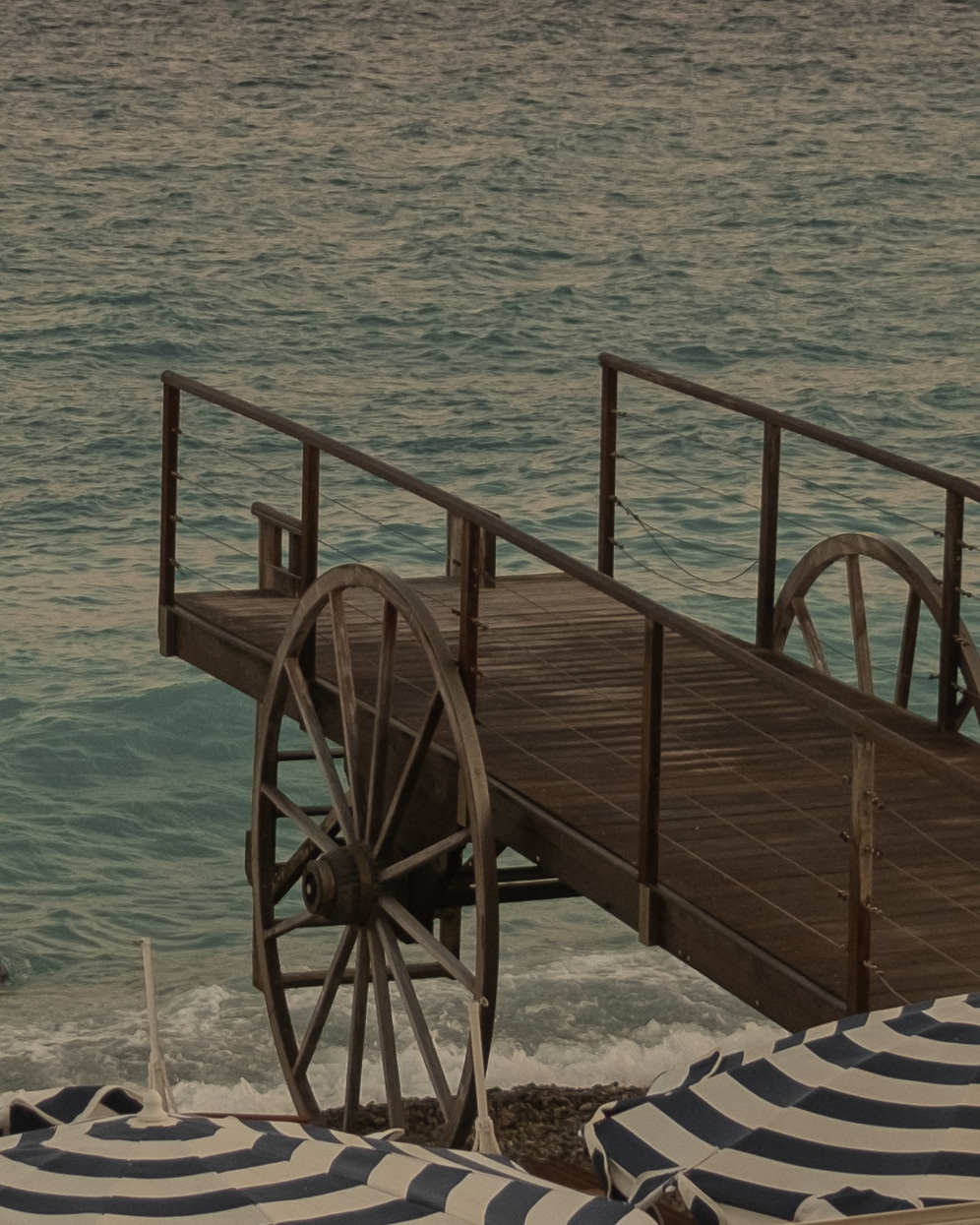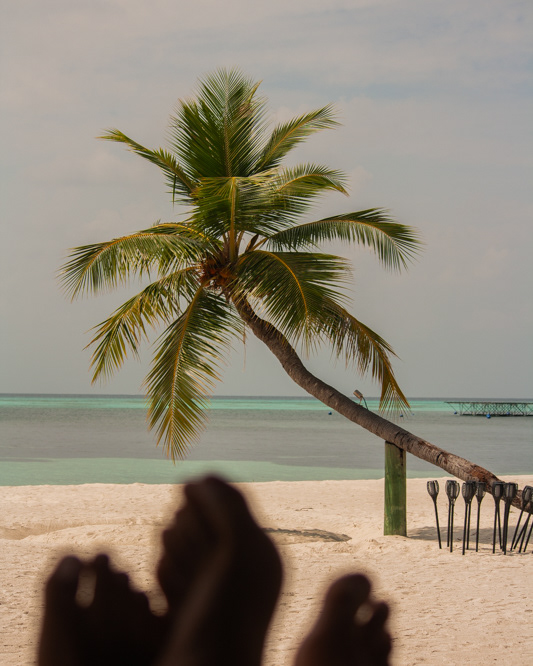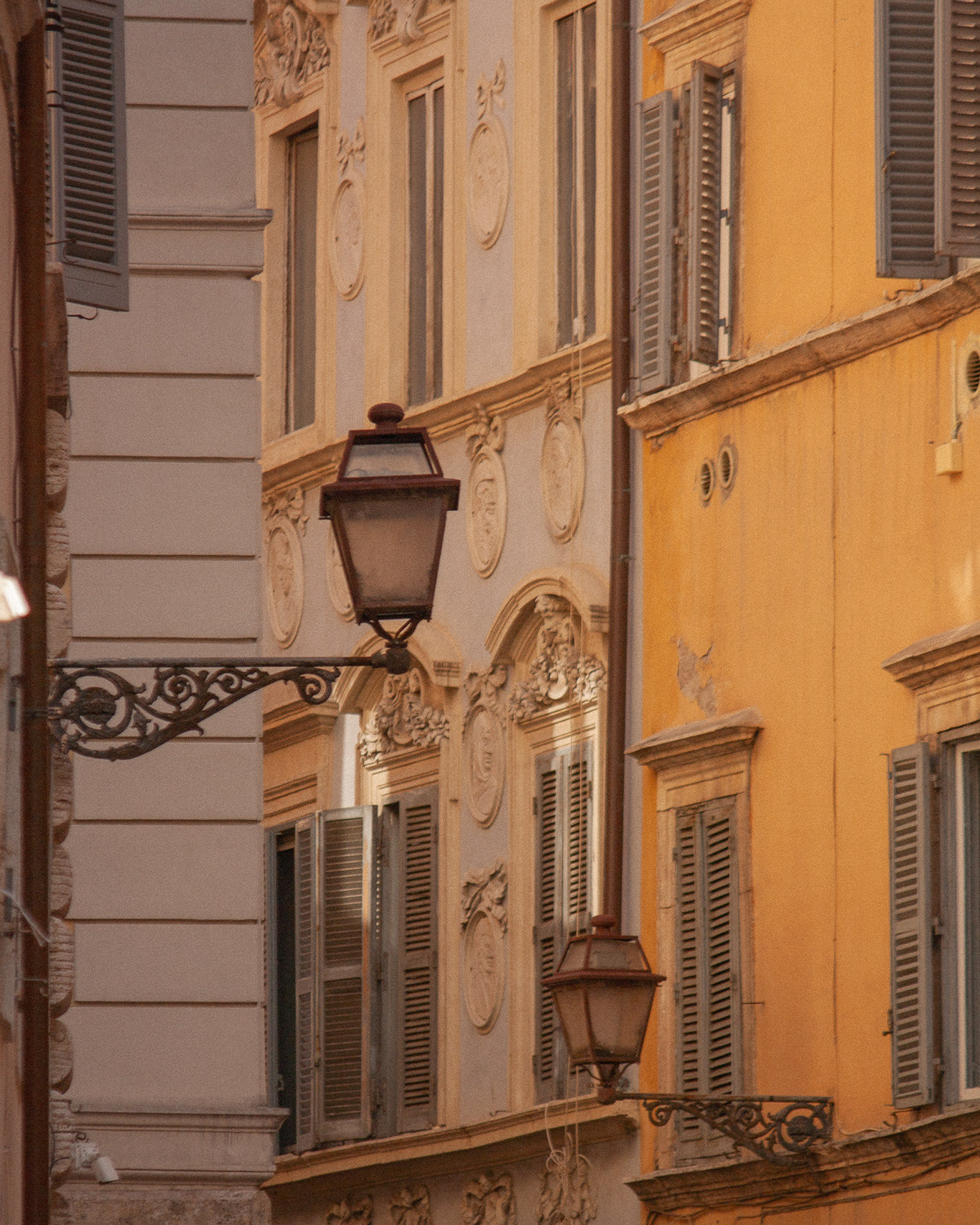Between the lush banks of the placid Nemunas River, the dense red pine tree forests right out of our windows, the infinite golden wheat fields hovered over by storks and the steep-roofed wooden houses dotted on each sides of the road — how can I not say that my husband comes straight out of a fairy tale where time stopped and nature stayed untouched!
I believe this is my 6th time visiting Lithuania but it has been a while since my last and so much has changed, like Laurence’s grandparents’ estate which is now left to its own and where just recently his parents took up on some gardening on its grounds. He spent his most cherished summers in this place, and I could see through his sparkling eyes that his inner child was having a blast while he showed me around reminiscing those core memories as well as the sweet flavours from the garden which luckily for us some of those old trees still bear.
After a ~4hrs road trip all the way up north (more precisely north-west), we get to the coast just before sunset, so of course we set off to go catch it by the beach, but I wasn’t at all prepared for the absolute beauty that is the Lithuanian seashore - an actual pine forest right there on the softest, finest sand a few meters from the Baltic Sea.
Another day, another discovery (for me) - this time we were on the Curonian Spit, a narrow strip of land that separates a lagoon from the sea, on the westernmost point of Lithuania, where you can find a quaint fishing village, Nida, with hiking trails and walkways through mountain pines that takes you all the way up to pretty incredible views: desert-like sand dunes, that rose from the sea five thousand years ago, with the Parnidis Dune that reached 60 metres in height at some point! The legend says that they were created by a giantess called Neringa to keep away Naglis, a dragon who courted her but that she turned down. These dunes began to move towards the lagoon in the 16th century due to deforestation, burying past settlements before Nida. Ever since they continued to shift, like Parnidis still drifting today, displaced by the wind and above all human activity. This is in fact a UNESCO world heritage site, and the sand is somewhat kept in place by barriers of pine branches plus signs to keep people off certain areas.
One of them said: ‘Once upon a time giants sculpted the sand, but now it is us who are the giants. The question we must ask now is how we use our power.’
One of them said: ‘Once upon a time giants sculpted the sand, but now it is us who are the giants. The question we must ask now is how we use our power.’
